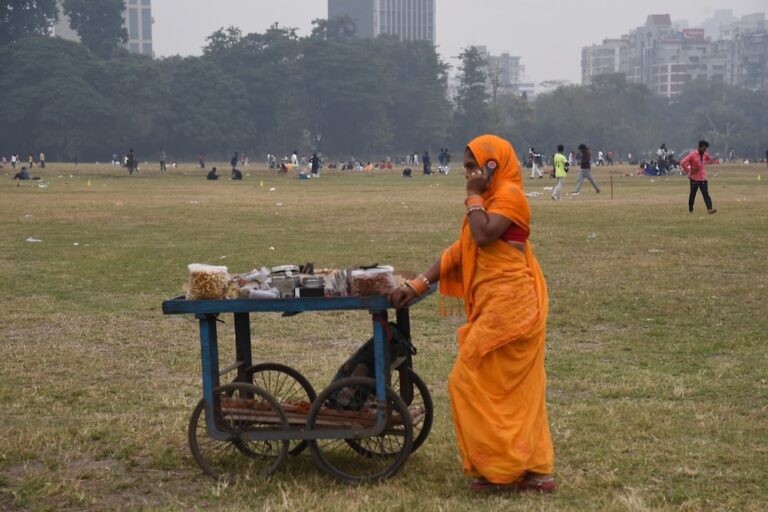(AMARC/IFEX) – AMARC welcomes a government of India decision that legitimizes community radio in the country. According to the policy, which was released on 16 November 2006, civil society organizations, non-governmental organizations, and other non-profits will be able to apply for community radio licenses. The new policy will also allow community radios to become self-supporting […]
(AMARC/IFEX) – AMARC welcomes a government of India decision that legitimizes community radio in the country. According to the policy, which was released on 16 November 2006, civil society organizations, non-governmental organizations, and other non-profits will be able to apply for community radio licenses. The new policy will also allow community radios to become self-supporting through limited advertising revenue.
India is the first country in South Asia to have a separate policy for community radio. The legislation comes eleven-and-a-half years after the Supreme Court of India’s landmark judgment, which declared airwaves to be public property. Since then, initiatives, especially from rural India, demonstrated the need for voices of the excluded to move to the centre. Thus, 16 November was not only a historic day for these communities but for all Indian citizens who are committed to media democratization and the realization of a three-tiered media structure – public, private and community, based on principles of equity and inclusiveness.
HASH(0x9e128e8)
During the eleven-and-a-half years of struggle, the community radio movement witnessed several ups and downs before the 16 November endorsement by the government. In 2004, the Ministry of Information and Broadcasting initiated a consultative process to establish an enabling environment for community radio in the country. Through this process, a consensus document was ratified and taken up by the ministry. But many more hurdles remained to be surmounted before the reality of community radio was to find tangible expression. A consultative parliamentary committee was set up to tackle the issue. Subsequently, a group of ministers was convened to carry the issue forward. More than a year passed since their appointment, leading many to believe that community radio would always be a case of “so near and yet so far”. But ultimately, there was light at the end of the tunnel.
The light was amplified by community groups of the poor, like Kutch Mahila Vikas Sanghatan, Namma Dhwani, VOICES, Deccan Development Society, and others, who used narrow-casting cable radio and bought time from All India Radio to ensure that voices of the poor were not buried in silence. It is they who will be the true beneficiaries of community radio in the country today.
Underlying their efforts were networking, lobbying and advocacy initiatives that emerged, albeit late in the day. Collaborations with academia and other social movements strengthened and reinforced the relevance of community radio. “Voice” was acknowledged as a critical ingredient in poverty eradication. The question is: Whose voice? Ultimately, Gandhiji’s wisdom that radio is “shakthi” seems to have prevailed. India needs to now strengthen the Mahatma’s vision that the excluded take their due place in the country’s direction through the power and force of community radio waves.


